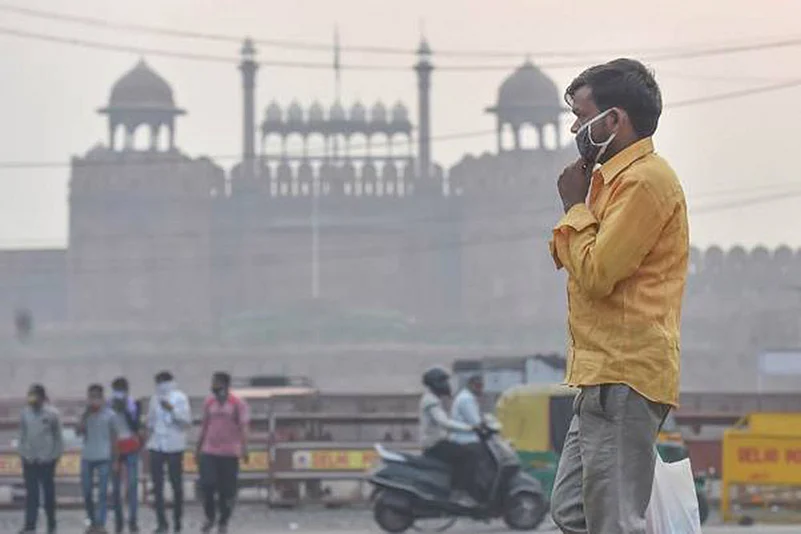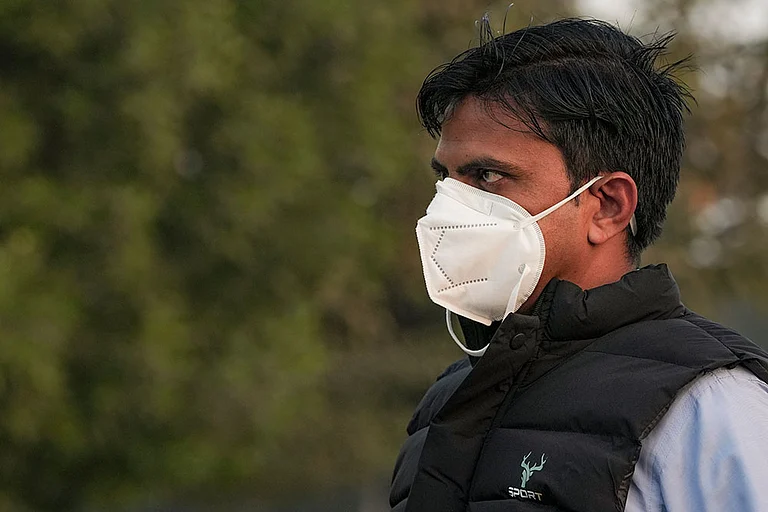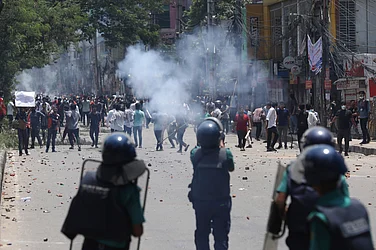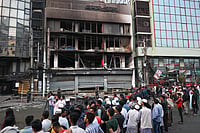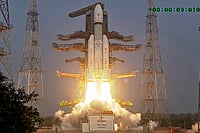
Delhi’s air quality remains very poor for the fourth consecutive day, AQI at 305.
Anand Vihar recorded the highest AQI at 410; NCR cities reported poor levels.
Forecasts suggest air quality may stay very poor till Saturday, with haze and stubble burning contributing.
Delhi’s air quality showed a marginal improvement on Thursday but stayed in the “very poor” category for the fourth consecutive day, aided by stronger surface winds that helped disperse pollutants, PTI reported.
Of the 38 monitoring stations across Delhi, 23 reported “very poor” air quality, while 14 fell under the “poor” category, according to the Sameer app developed by the CPCB. Delhi ranked as the fifth most-polluted city in India on Thursday, with Bahadurgarh recording an AQI of 325.
A haze covered the city during the day, with wind speeds of 10-15 kmph in the afternoon hours. Forecasts from the Centre’s Air Quality Early Warning System (EWS) suggest that Delhi’s AQI is likely to remain in the “very poor” category until Saturday, after which it may fluctuate between “poor” and “very poor” over the next six days.
According to the CPCB, AQI levels are classified as: 0–50 “good”, 51–100 “satisfactory”, 101–200 “moderate”, 201–300 “poor”, 301–400 “very poor”, and 401–500 “severe”.
Data from the Decision Support System (DSS) showed that transport emissions contributed 15.7 per cent to Delhi’s air pollution on Thursday. Residential sources accounted for 4 per cent, Delhi and peripheral industries 3.4 per cent, neighbouring cities 4–5 per cent, and other sources 35 per cent.
Satellite data recorded 69 incidents of stubble burning in Punjab, three in Haryana and 44 in Uttar Pradesh on Wednesday.
On the weather front, Delhi’s maximum temperature was 32.2 degrees Celsius, slightly above normal, and the minimum settled at 18.1 degrees Celsius. The India Meteorological Department (IMD) has forecast mist for Friday morning, with temperatures expected around 32 degrees Celsius during the day and 18 degrees Celsius at night, PTI reported.
(With inputs from PTI)






